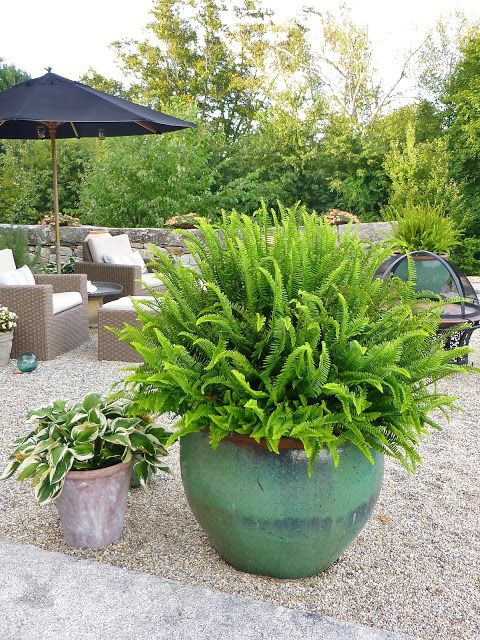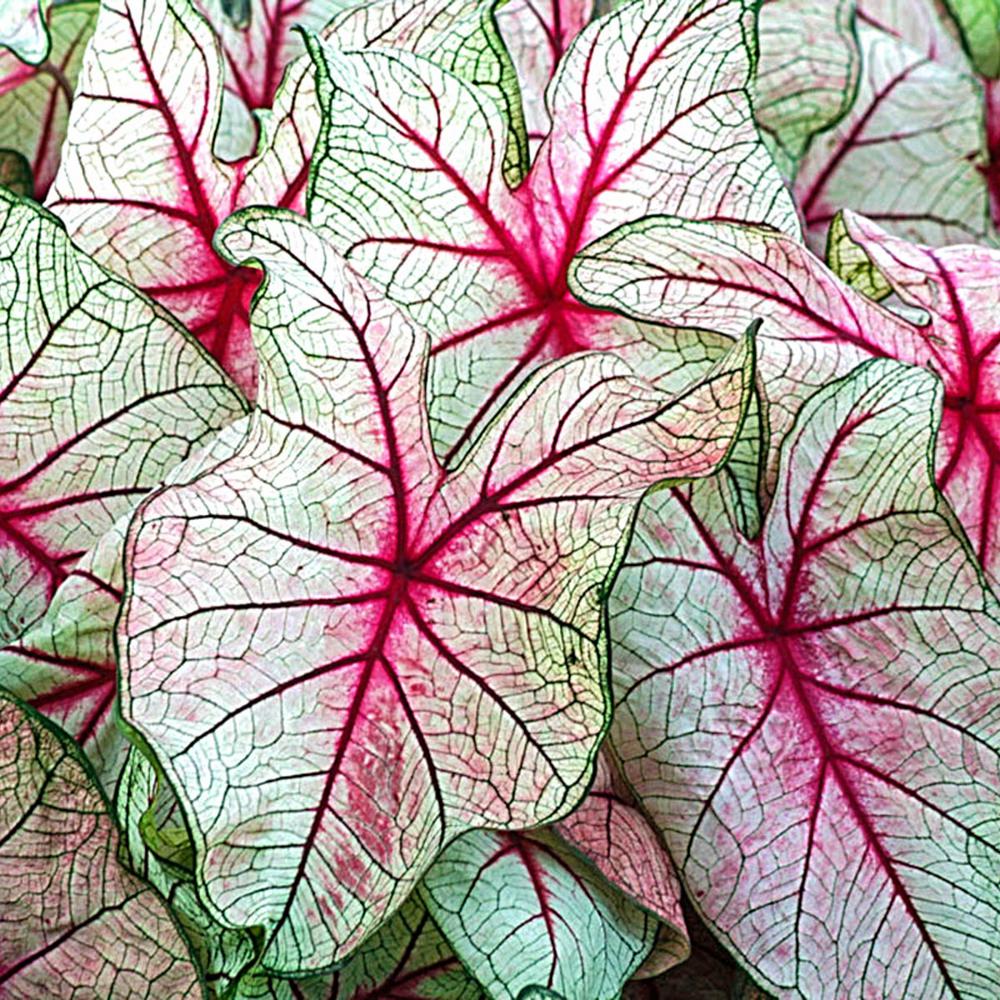Plants that love sun in containers:
1. Lantana:
It is great for a hot spot and the Lantana colors are nice too, with yellow, confetti and some lavender and white. It does good in sun and is drought tolerant.
Try a combination in a large pot with ornamental grass in the middle surrounded by with sun loving flowers such as Lantana, which tends to spread out. Another colorful combination for sunny areas is red Salvia in the middle of a pot, with yellow Lantana around it.

2. Wave Petunias:
The plant gurus say the Wave Petunias are preferred over ordinary petunias because they last into early fall, compared to the standard petunias, which tend to get “leggy” about midway through the summer.
The Wave Petunias are “growing machines” in the sun and do not need to be dead headed.

3. Marigolds
A big pot of marigolds provides a lot of color and is easy to maintain with the ability to repel some insects. You will have to deadhead them. The shorter French marigolds work best in containers.

4. Tropicals
Mandevilla and Bougainvillea because they do well in the sun, provide a lot of color and last throughout the season with little or no maintenance other than watering. They are great for hanging baskets.
Tropicals don’t winter over very well, but for one season in direct sun around the deck or patio or pool, they are a good choice.


Bougainvillea
5. Sedum
If you are looking for the most durable sun loving plant, try low growing sedum. Nothing kills them and they good for hanging over the edges of the pot.

Plants that love shade
6. Ferns
Boston ferns are easy and in general are “excellent shade plants. Other varieties recommended are the Springeri (asparagus) fern and the delicate Maiden Hair fern as nice additions to shade pots.

7. Coleus
Coleus have a wide-ranging color through its leaves, is hardy, and can stand alone or be mixed in with other plants. Known for its colorful foliage, it is nice in a pot or around trees or shrubs. There are varieties that do well in the sun, however, I would keep them on the east side of the house.

8. Begonias
There are a lot of varieties of begonias and they get a thumbs up because they are colorful (leaves and blooms), they are low maintenance and don’t need as much water as some other plants. The wax begonias can be brought into the house in the winter and if placed in a south window will bloom over the winter.

9. New Guinea Impatiens
The garden experts all recommended New Guinea Impatiens for shade and for areas that have some sun, too. The New Guineas are resistant to mildew if you have that problem and are a hardy variety with larger, more showy blooms. There are varieties that can take some direct sun.
10. Caladium
Another shade lover, Caladiums, with their colorful heart shaped leaves, are pretty much carefree once they are planted. They are tubers, and they spread nicely. Although they don’t have showy flowers, they brighten up shady spots.

